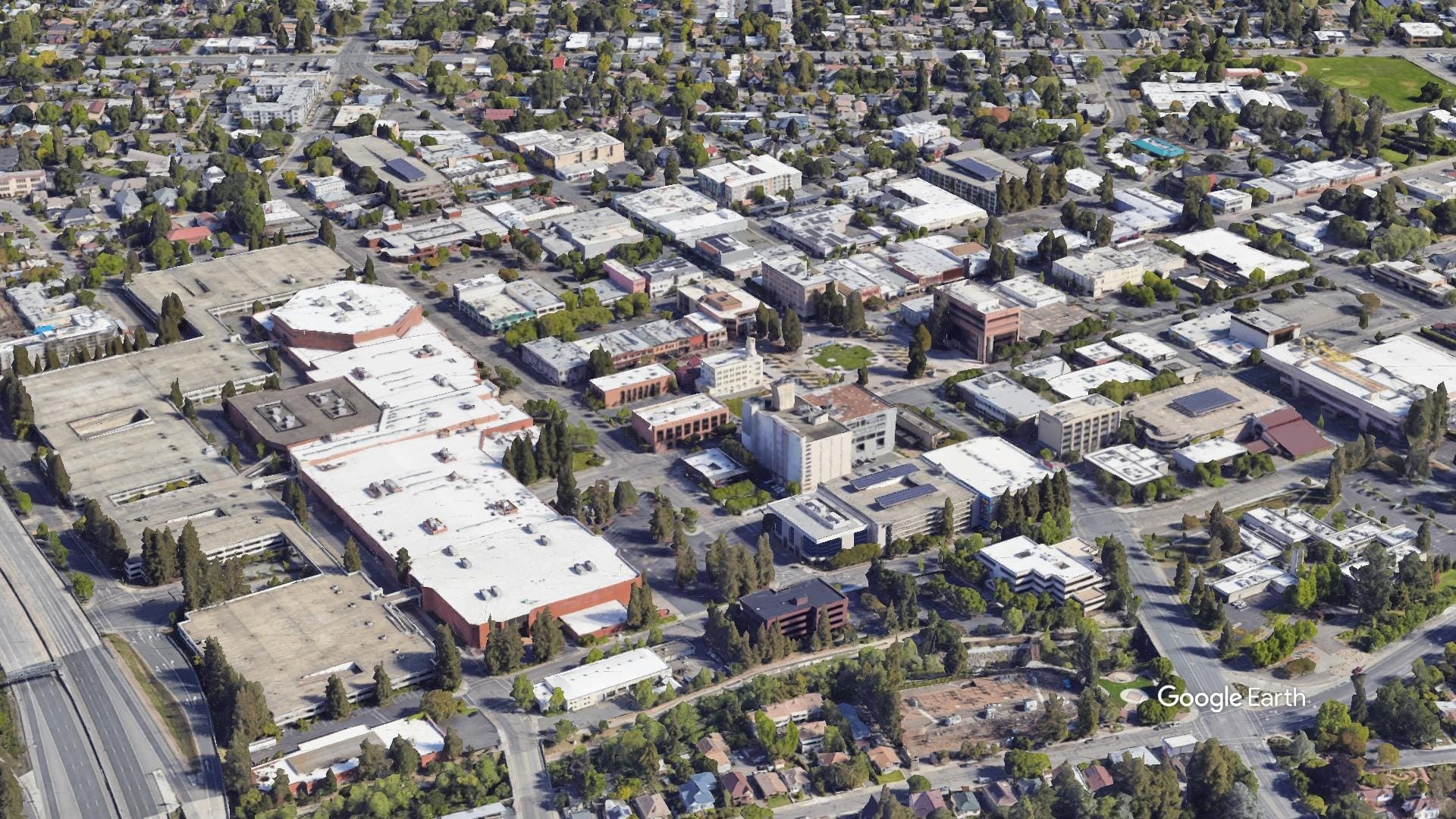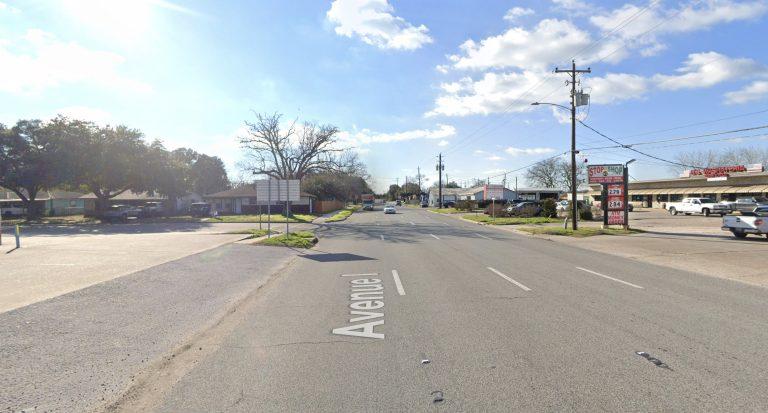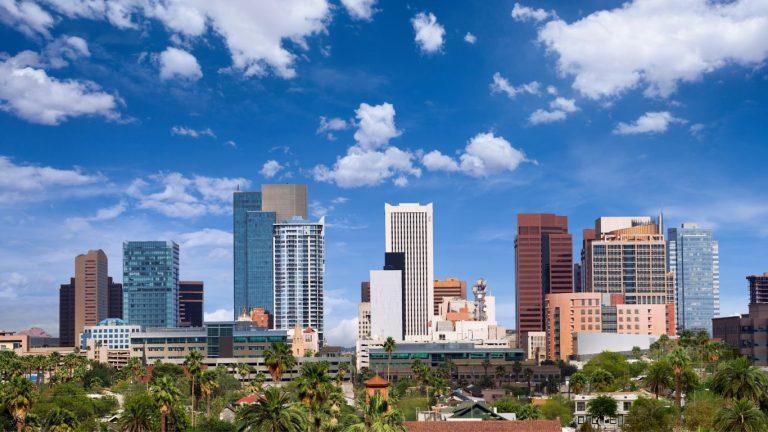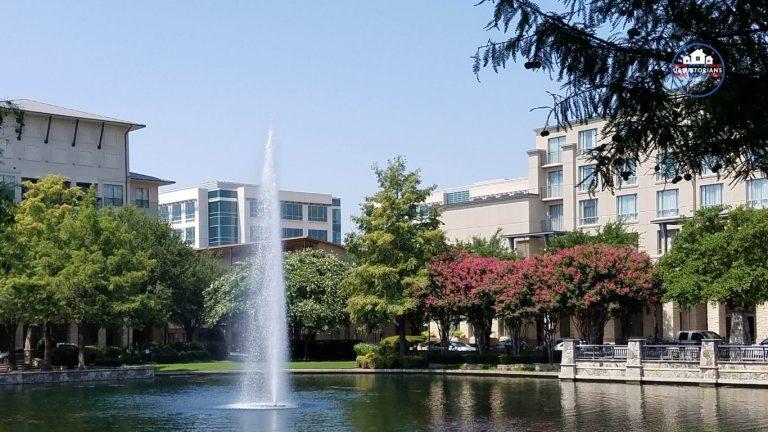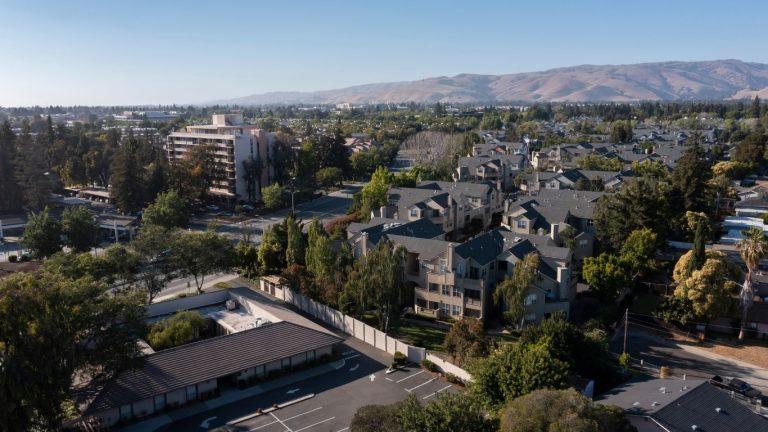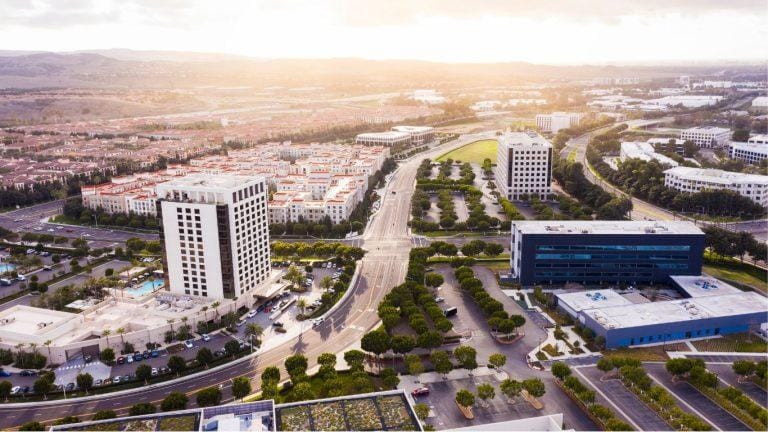Best Places to Live in Santa Rosa CA
Best Places to Live in Santa Rosa CA
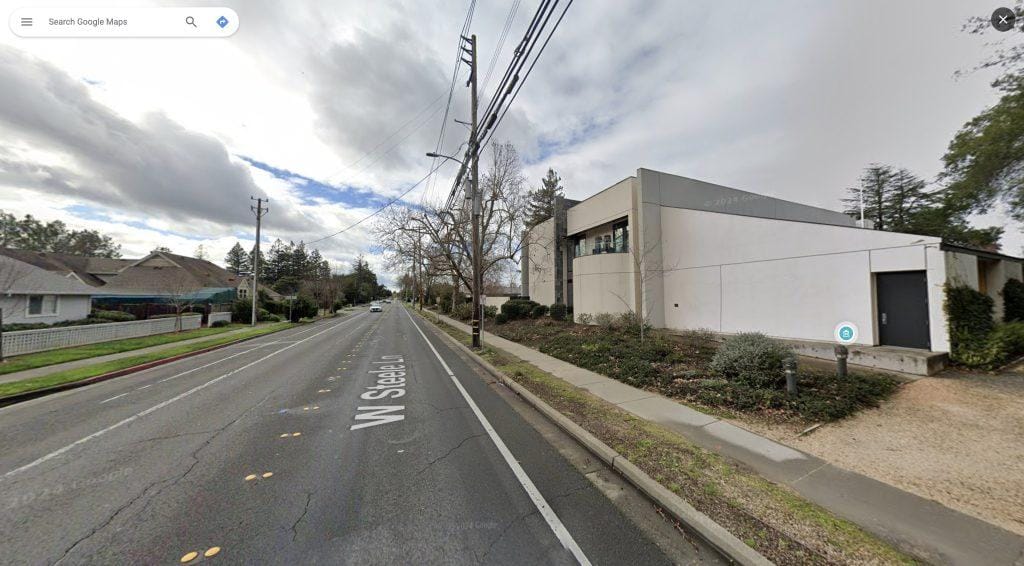
Welcome to Santa Rosa, a city nestled in vineyard-dotted hills of Sonoma County, California. With its rich tapestry of culture, history, and natural beauty, Santa Rosa beckons adventurers, dreamers, and seekers of the extraordinary. But beyond its scenic vistas and sun-kissed vineyards lies a vibrant tapestry of neighborhoods, each with its own distinct character and allure.
Each neighborhood within this charming city presents a unique tapestry of amenities, parks, and educational opportunities, ensuring there’s a perfect fit for every resident.
Factors to Consider while moving to Santa Rosa
When considering a move to Santa Rosa, several factors should be taken into account to ensure it aligns with your lifestyle, preferences, and needs. Here are some key factors to consider:
- Cost of Living: Evaluate the overall cost of living in Santa Rosa, including housing prices, utilities, transportation, groceries, and healthcare. Compare these costs to your current location to determine affordability.
- Housing Options: Explore the range of housing options available in Santa Rosa, including single-family homes, apartments, condos, and townhouses. Consider factors such as location, size, amenities, and proximity to schools, parks, and public transportation.
- Neighborhoods: Research different neighborhoods within Santa Rosa to find one that suits your preferences and lifestyle. Consider factors such as safety, community vibe, access to amenities, schools, and recreational opportunities.
- Employment Opportunities: Investigate the job market in Santa Rosa to determine potential employment opportunities in your field. Consider factors such as job availability, industry diversity, and average salaries.
- Education: If you have children or are planning to start a family, research the quality of schools in Santa Rosa. Look into public and private schools, as well as educational programs and extracurricular activities available in the area.
- Transportation: Consider your transportation needs and evaluate the accessibility of public transportation, highways, and major thoroughfares in Santa Rosa. Determine how easily you can commute to work, school, and other essential destinations.
- Climate: Familiarize yourself with the climate in Santa Rosa, including temperature variations, precipitation levels, and seasonal changes. Determine if the climate aligns with your preferences and if you’re prepared for any weather-related challenges.
- Recreation and Lifestyle: Assess the recreational and lifestyle amenities available in Santa Rosa, such as parks, outdoor spaces, cultural attractions, dining options, shopping centers, and entertainment venues. Consider activities and hobbies you enjoy and ensure they are accessible in the area.
- Healthcare Facilities: Research the healthcare facilities and medical services available in Santa Rosa, including hospitals, clinics, specialists, and emergency care. Evaluate the quality and accessibility of healthcare to ensure your healthcare needs are met.
- Community and Social Life: Consider the sense of community and social opportunities available in Santa Rosa. Look into local events, clubs, organizations, and community gatherings to determine if the area fosters a sense of belonging and connection.
By carefully considering these factors, you can make an informed decision about whether moving to Santa Rosa is the right choice for you and your family.
Looking for more gems in California? Don’t miss our guide on the “Best Places to Live in Fontana CA” for more top living destinations.
Neighborhoods in Santa Rosa
1. Roseland
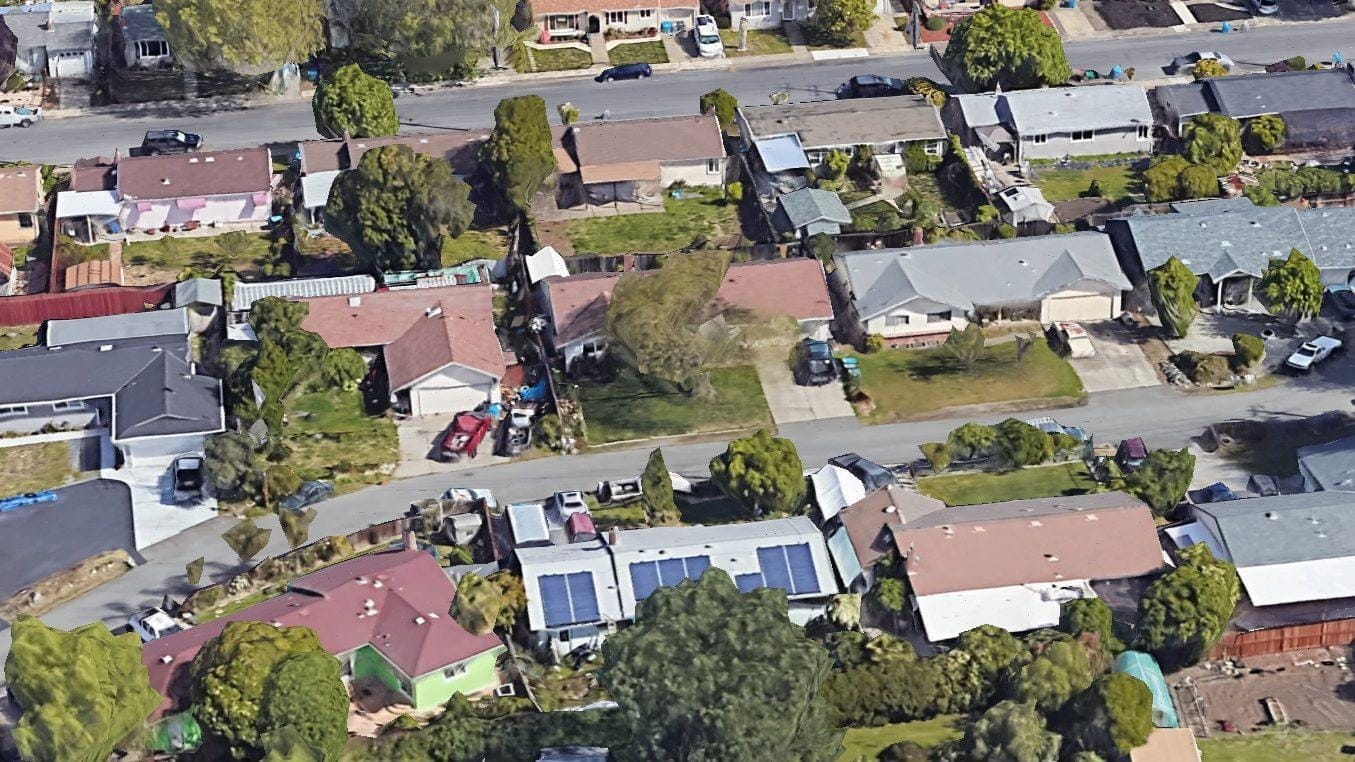
Roseland offers a vibrant community painted with colorful murals, bustling markets. Boasting a population of approximately 5,712 residents, this neighborhood exudes a close-knit community vibe. The median home value in Roseland is around $585,000, while the median household income hovers around $75,000.
In the heart of Santa Rosa lies Roseland, a neighborhood rich in culture, history, and diversity. Vibrant murals adorn the streets, reflecting the community’s artistic spirit and cultural heritage. Bustling markets and family-owned businesses offer a taste of the neighborhood’s eclectic charm, while community events and festivals celebrate the vibrant tapestry of traditions that unite residents from all walks of life. In Roseland, every corner tells a story, and every street invites exploration and discovery.
Pros of living in Roseland
- Roseland celebrates its cultural diversity through vibrant murals, cultural events, and diverse culinary offerings, enriching the community fabric.
- Situated close to downtown Santa Rosa, Roseland offers easy access to shopping centers, restaurants, and entertainment venues.
- Residents of Roseland enjoy a strong sense of community, with neighborhood associations and grassroots initiatives fostering connections and engagement.
- Roseland is home to Roseland University Prep and Sheppard Elementary School, providing quality education options for students.
- The Roseland School District is committed to providing equitable education for all students, emphasizing cultural awareness and academic achievement.
- Roseland’s Sebastopol Road is lined with diverse culinary establishments, offering cuisines from around the world, reflecting the neighborhood’s multicultural character.
Cons of living in Roseland
- Roseland may experience traffic congestion, especially on major thoroughfares like Sebastopol Road, impacting commute times and local accessibility.
- While Roseland offers some parks and recreational areas, there may be a lack of large green spaces compared to other neighborhoods in Santa Rosa.
- Certain parts of Roseland may face safety concerns or higher crime rates, necessitating vigilance and community involvement in crime prevention efforts.
Fun Fact
Roseland was originally established as a settlement for Italian immigrants in the late 19th century, contributing to its rich cultural heritage and diverse community makeup.
2. Oakmont Village
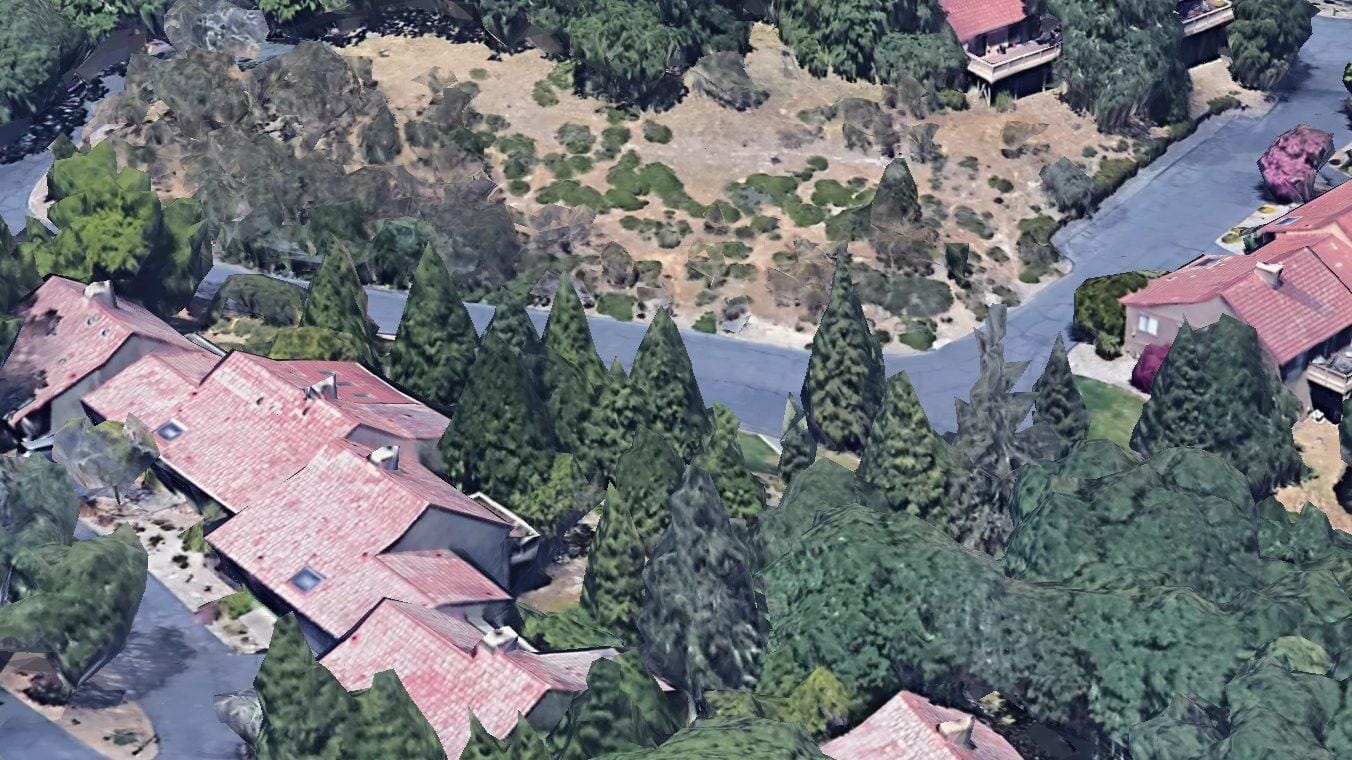
Oakmont Village, designed with active retirees in mind, is renowned for its serene surroundings and abundant recreational amenities. With a population predominantly over 26,000 residents, this neighborhood offers a tranquil retreat from the hustle and bustle of city life. The median home value in Oakmont Village is approximately $627,000 with a median household income of around $65,000.
For those in pursuit of the golden years’ bliss, Oakmont Village presents an idyllic retreat nestled amidst rolling hills and lush fairways. This haven for active retirees offers a tapestry of leisure and luxury, with world-class golf courses, scenic trails, and a vibrant community spirit that dances through the streets.
Pros of Oakmont Village
- Oakmont Village is home to the prestigious Oakmont Golf Club, offering residents world-class golfing facilities and stunning views of the surrounding landscape.
- Residents can indulge in a variety of clubs and organizations, catering to diverse interests and fostering a vibrant community spirit.
- Surrounded by Hood Mountain Regional Park and Annadel State Park, Oakmont Village boasts breathtaking vistas and tranquil walking trails for residents to enjoy.
- The Rincon Valley Union School District ensures educational support for families.
Cons of living in Oakmont Village
- While Oakmont Village offers a peaceful retreat, it may lack the lively nightlife and cultural attractions found in more urban areas.
- The median home value in Oakmont Village may be prohibitive for some homebuyers, limiting accessibility to this upscale retirement community.
Fun Fact
Oakmont Village was developed in the 1960s as a retirement community.
3. Historic Railroad Square
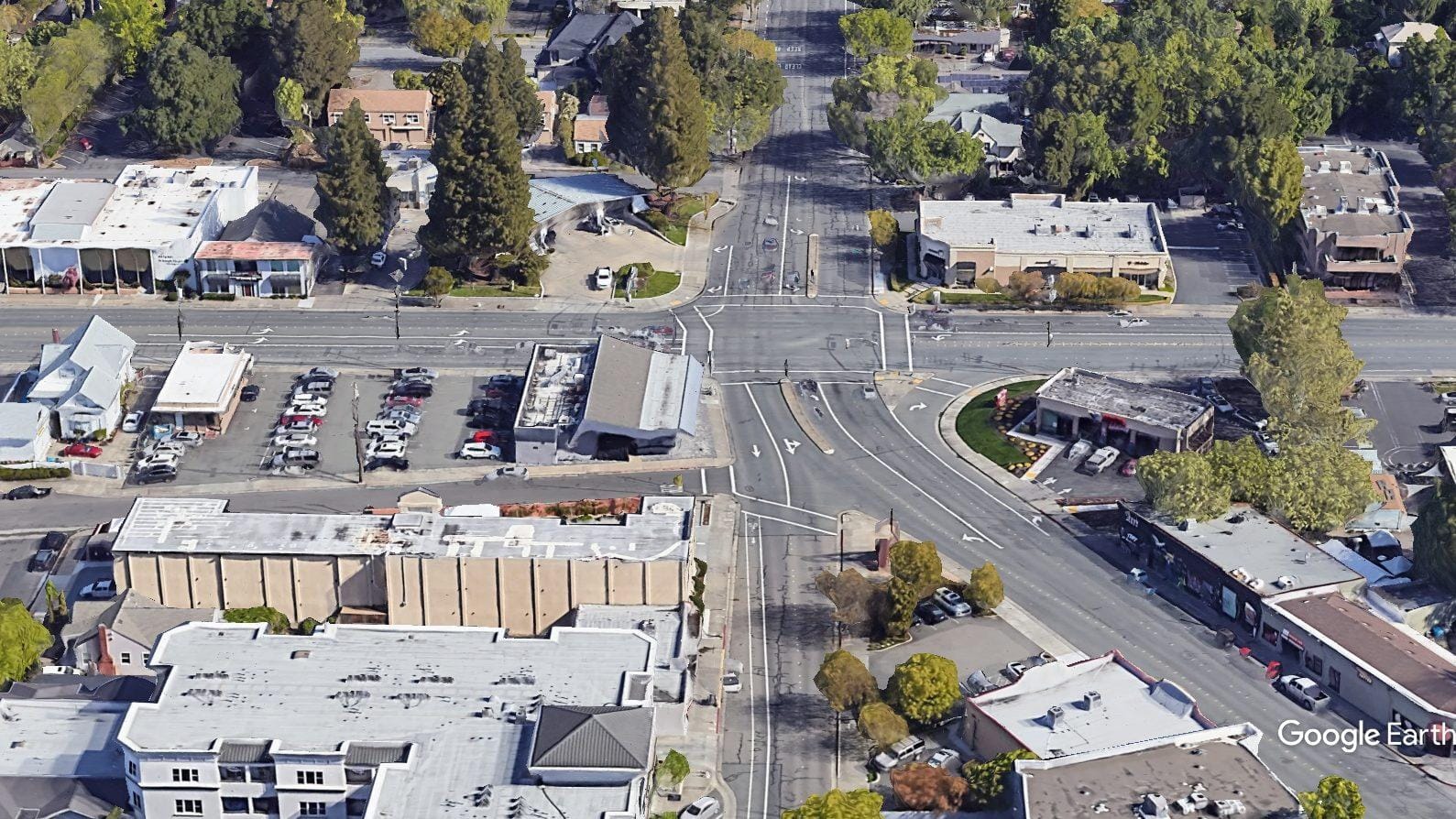
Historic Railroad Square, steeped in history and brimming with character, offers a unique blend of old-world charm and modern amenities. This bustling neighborhood is home to approximately 37,000 residents, with a median home value of around $650,000 and a median household income of $82,000.
Step back in time and immerse yourself in the rich tapestry of history that weaves through the cobblestone streets of Historic Railroad Square. Here, Victorian facades stand as silent sentinels of a bygone era, while eclectic boutiques, art galleries, and charming cafes beckon with stories of days gone by.
Pros of living in Historic Railroad Square
- Historic Railroad Square is a cultural epicenter, boasting a vibrant arts scene and an array of galleries, boutiques, and eateries.
- With easy access to the SMART train station, residents enjoy seamless connectivity to neighboring communities and beyond.
- From the weekly West End Farmers Market to neighborhood festivals and events, Historic Railroad Square fosters a strong sense of community and camaraderie among residents.
- Cultural attractions like the California Indian Museum and Cultural Center provide residents with insight into the area’s heritage, while Depot Park and Galvin Community Park offer green spaces for recreation and relaxation.
Cons of living in Historic Railroad Square
- Due to its popularity and historical significance, housing inventory in Historic Railroad Square may be limited, leading to higher property prices and increased competition among buyers.
- Residents living near the railroad tracks may experience noise and congestion, detracting from the otherwise peaceful ambiance of the neighborhood.
Fun Fact
Historic Railroad Square is home to the West End Farmers Market, held every Sunday.
4. Bennett Valley
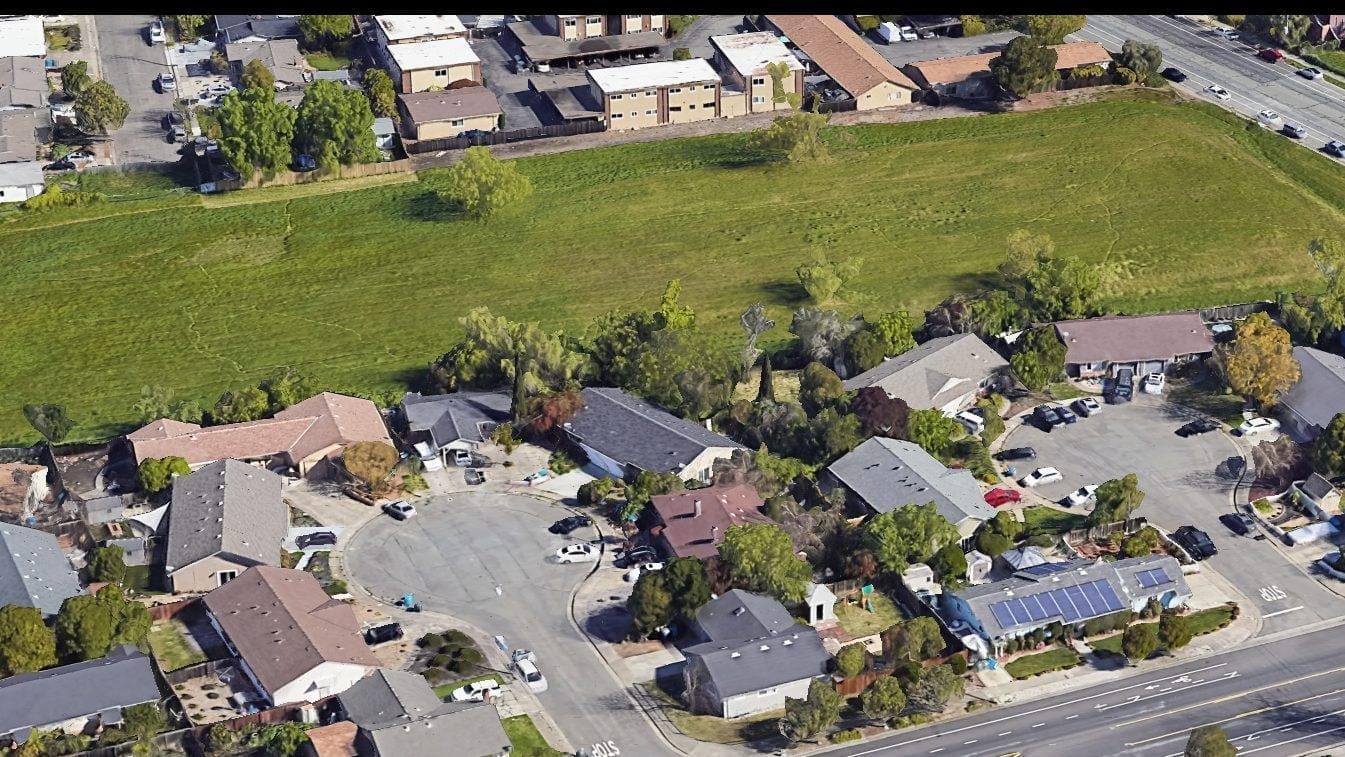
Bennett Valley is a place where rolling hills embrace vineyards, offering tranquil vistas and natural serenity. It offers residents a peaceful retreat while maintaining close proximity to urban amenities. With a population of approximately 23,000 residents, this suburban neighborhood boasts a median home value of $850,000 and a median household income of $100,000.
Tucked away in the embrace of Bennett Mountain and Taylor Mountain, Bennett Valley captivates with its tranquil ambiance and breathtaking vistas. Here, winding country roads lead past vineyards and oak-studded hillsides, offering a scenic backdrop for outdoor enthusiasts and nature lovers alike. With its close-knit community spirit and idyllic setting, Bennett Valley provides a sanctuary for those seeking refuge from the hustle and bustle of city life.
Pros of living in Bennett Valley
- Bennett Valley offers a peaceful atmosphere, with rolling hills and vineyards providing a serene backdrop for residents.
- Residents enjoy a strong sense of community, with neighborhood events and gatherings fostering connections among neighbors.
- Bennett Valley is home to Bennett Valley Union School District, offering excellent educational opportunities for children. Additionally, nearby schools like Yulupa Elementary School and Strawberry School provide further educational options.
- Residents have access to beautiful parks and hiking trails, including Howarth Park and Taylor Mountain Regional Park, perfect for outdoor activities and family outings.
Cons of living in Bennett Valley
- The neighborhood may lack certain amenities like shopping centers and entertainment venues, requiring residents to travel to neighboring areas for such facilities.
- Commute Times: Commuting to downtown Santa Rosa or other parts of the city may take longer due to the neighborhood’s semi-rural location.
- Potential Traffic Congestion: During peak hours or tourist seasons, traffic congestion on main roads like Bennett Valley Road may be a concern for residents
Fun Fact
Bennett Valley was named after Santa Rosa pioneer, Thomas Bennett, who settled in the area in the mid-19th century.
5. Fountaingrove
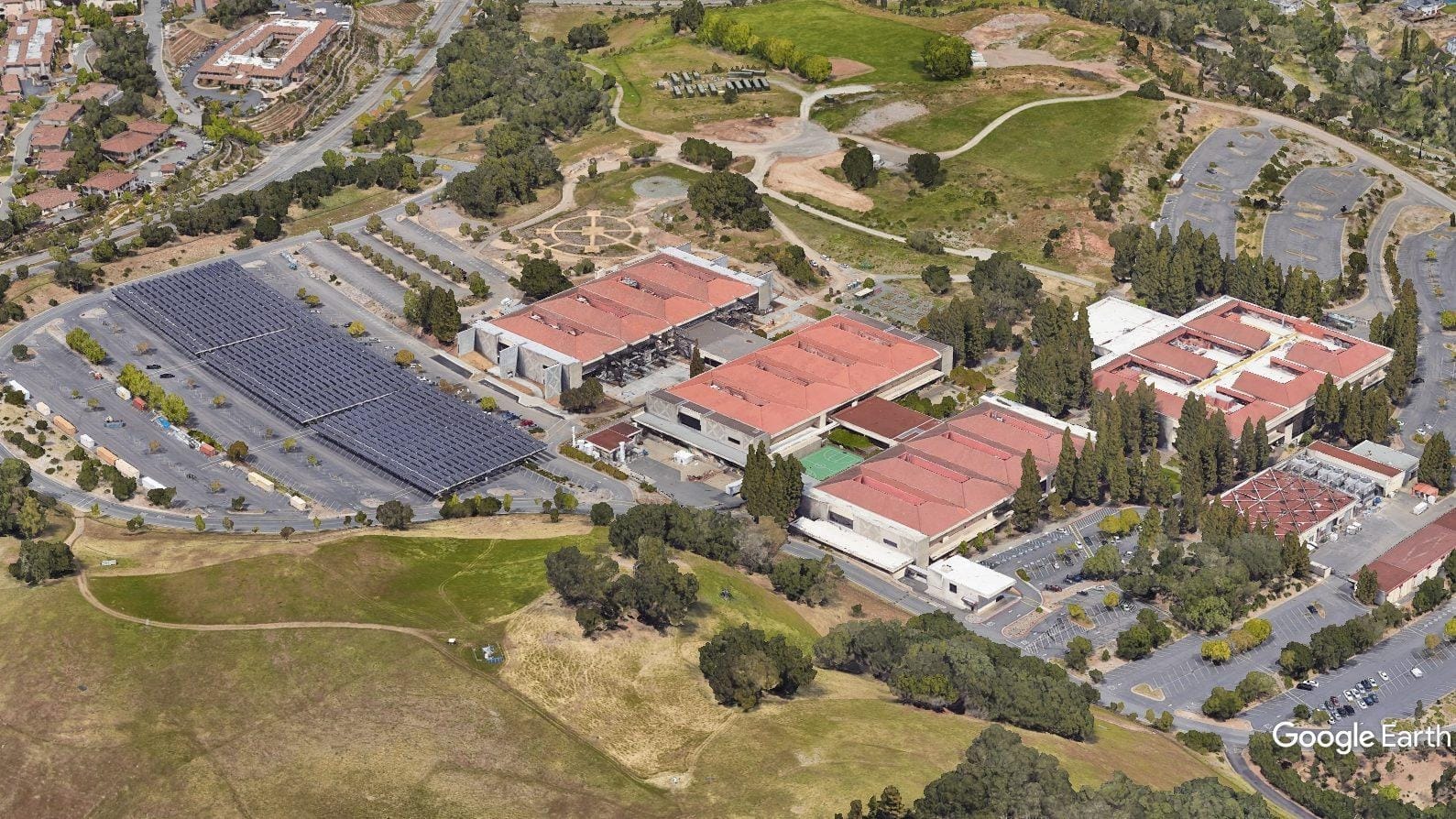
Fountaingrove, perched atop the hills overlooking Santa Rosa, offers residents an exclusive enclave with breathtaking views and luxurious amenities. With a population of around 46,500 residents, this upscale neighborhood boasts a median home value of $876,000 and a median household income exceeding $84,000.
Fountaingrove stands as a beacon of luxury and refinement. From its sweeping vistas to its opulent amenities, this exclusive enclave offers a lifestyle of unparalleled elegance and sophistication, where every moment is suffused with the essence of indulgence and privilege.
Pros of living in Fountaingrove
- It offers residents an unparalleled lifestyle, with access to prestigious golf courses, fine dining establishments, and upscale amenities.
- It boasts panoramic vistas of the surrounding landscape, providing residents with a serene and picturesque setting to call home.
- With access to Santa Rosa City Schools, Fountaingrove provides families with access to top-tier educational institutions, ensuring academic excellence for young learners.
- Fountaingrove Golf and Athletic Club provides residents with access to prestigious golfing facilities, fine dining establishments, and luxurious spa retreats, while Fountaingrove Lake and Shiloh Ranch Regional Park offer scenic settings for outdoor recreation and relaxation.
Cons of living in Fountaingrove
- The exclusive nature of Fountaingrove may come with a higher cost of living, making it less accessible to some prospective residents.
- Due to its popularity and upscale amenities, housing availability im it may be limited, leading to increased competition among buyers and higher property prices.
Fun Fact
Fountaingrove is home to the historic Fountaingrove Round Barn, a former winery converted into an event venue.
Conclusion
In conclusion, Santa Rosa offers a diverse array of neighborhoods, each with its own unique charm and appeal. Whether you’re seeking suburban serenity, upscale luxury, or vibrant cultural experiences, there’s a perfect place to call home in Santa Rosa.
FAQs
What are the average home prices in these neighborhoods?
Home prices vary depending on the neighborhood, ranging from $550,000 to $100,000.
Is Santa Rosa a safe place to live?
Generally, Santa Rosa is considered safe, but it’s always advisable to research specific neighborhoods for crime rates and safety measures.
What makes these neighborhoods stand out compared to others in Santa Rosa?
These neighborhoods offer unique amenities, community vibes, and proximity to parks, schools, and recreational opportunities.
Are there any notable events or festivals in these areas?
Each neighborhood hosts its own community events and festivals throughout the year, celebrating local culture and traditions.
How is the commute from these neighborhoods to downtown Santa Rosa?
Commute times vary depending on the neighborhood and traffic conditions but generally range from 10 to 30 minutes by car.

